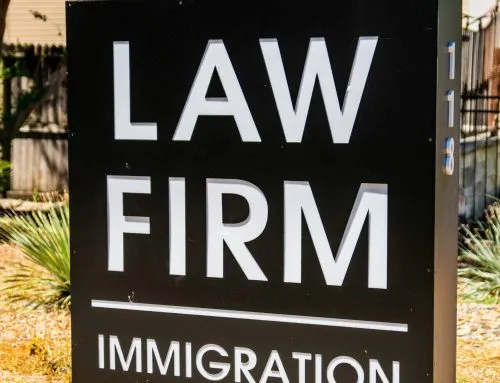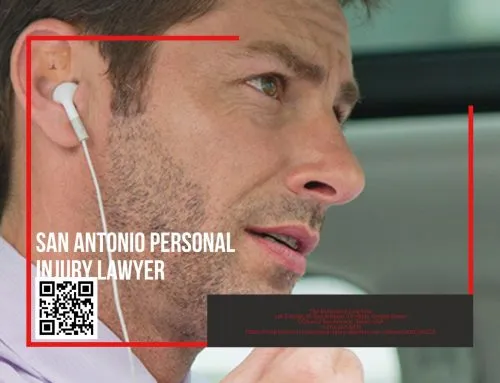How Do Personal Injury Lawyers Get Paid?
When engaging the services of a personal injury attorney, understanding how they get compensated is crucial for both financial planning and peace of mind. Typically, these attorneys work on a contingency fee basis, meaning they only get paid if the case is won. The fee arrangement, which generally falls between 25% and 40% of the settlement, can vary depending on various factors such as case complexity and jurisdiction. However, this contingency fee agreement is just the tip of the iceberg. What other financial aspects should clients consider to ensure complete transparency and avoid unexpected costs? Most Attorneys may give a free consultation for any negligence before charging a contingent fee
Contingency Fee Structure
The contingency fee structure is a prevalent payment arrangement in personal injury law, where the lawyer’s fee is contingent upon winning the case. This arrangement allows clients to pursue legal action without any upfront costs, making legal services accessible to those who might otherwise be unable to afford them. Under this setup, the attorney agrees to accept a fixed percentage of the recovered amount as payment, incentivizing them to work diligently to secure a favorable outcome.
A significant advantage of the contingency fee arrangement is the alignment of interests between the client and the lawyer. Since the lawyer’s payment depends on the successful resolution of the case, they are motivated to maximize the client’s compensation. This can lead to more thorough investigations, better preparation of legal documents, and more robust advocacy during negotiations or trials and less likely of lose a case.
Additionally, the contingency fee model mitigates financial risk for clients. If the case is unsuccessful, the client is not responsible for paying attorney fees, which can alleviate the burden during an already stressful time. This arrangement democratizes access to legal representation, ensuring that financial constraints do not bar individuals from seeking justice.
Moreover, the contingency fee structure facilitates the screening of cases by attorneys. Lawyers are likely to take on cases they believe have merit and a strong chance of success, thereby increasing the overall quality of cases that proceed to litigation. This selective approach benefits both the legal system and clients, as it reduces frivolous lawsuits and enhances the efficiency of judicial processes.
Understanding Fee Percentages
personal injury attorneys charge Fee percentages in contingency arrangements typically range from 25% to 40% of the recovered amount, depending on various factors such as case complexity and jurisdiction. This range is designed to balance the risk the lawyer assumes with the compensation they earn upon a successful outcome. Simpler cases that settle quickly may warrant a lower percentage, closer to the 25% end of the spectrum. Conversely, more complex cases requiring extensive litigation and resources may justify a fee closer to 40%.
The contingency fee percentage is often determined during the initial client consultation and solidified in the retainer agreement. Jurisdictional regulations can also influence these percentages. Some states impose statutory limits on the maximum permissible contingency fee, ensuring fair compensation without exploitation. For instance, in medical malpractice cases, certain states cap contingency fees to prevent exorbitant lawyer earnings at the expense of the client.
Moreover, the stage at which a case resolves can also impact the fee percentage. If a case is settled before filing a lawsuit, the fee might be on the lower end. If the case proceeds to trial or appeals, the percentage may increase to account for the additional effort and resources required.
It is crucial for clients to thoroughly understand the agreed-upon fee structure and any potential variations. Clear communication between the attorney and client regarding these percentages can prevent misunderstandings and ensure a transparent working relationship. personal injury attorneys get paid only when they win a personal injury lawsuit!
A well-drafted retainer agreement should outline all fee-related details, providing a comprehensive framework for how the lawyer’s compensation will be calculated upon successful resolution of the case.
Expenses and Costs
In addition to contingency fees, clients should be aware of the various expenses and costs associated with pursuing a personal injury case. These expenditures can significantly impact the overall financial outcome of a legal proceeding and should be considered carefully.
One of the primary types of expenses is court costs, which include filing fees, service of process fees, and charges for obtaining copies of medical records and police reports. These costs are often essential for building a strong case.
Additionally, expert witness fees can be substantial. Expert witnesses, who provide specialized knowledge pertinent to the case, such as medical professionals, accident reconstructionists, or economists, often charge high rates for their time and expertise.
Furthermore, discovery costs can accumulate quickly. This phase of litigation involves depositions, interrogatories, and requests for documents, all of which can entail significant expenses. Deposition costs include court reporter fees and transcription services, both of which are necessary for creating official records of witness testimonies.
Another consideration is travel expenses. If the case requires attorneys to travel for depositions, court appearances, or to gather evidence, these costs can add up. Travel expenses may include airfare, accommodation, meals, and transportation.
Lastly, administrative costs, such as photocopying, postage, and long-distance phone calls, although seemingly minor, can collectively represent a notable expense.
It is imperative for clients to discuss these potential costs with their attorneys upfront to avoid any surprises. Many personal injury lawyers will advance these costs on behalf of their clients and then deduct them from the final settlement or award. However, the specific arrangement can vary, and clients should ensure they fully understand their financial obligations before proceeding.
Settlement Vs. Trial
When navigating a personal injury case, deciding between settling out of court and proceeding to trial can significantly affect the outcome and associated costs. This decision not only impacts the potential compensation but also the financial arrangements with your attorney.
Settlements are generally quicker and less costly than trials. Most personal injury lawyers work on a contingency fee basis, typically taking a percentage of the settlement amount, which can range from 33% to 40%. Settling out of court often means lower legal fees and expenses, as it avoids the extensive costs associated with preparing for and conducting a trial, such as expert witness fees, court costs, and additional administrative expenses.
However, trials can sometimes result in higher compensation if the plaintiff’s case is particularly strong. Winning a trial can lead to a larger award than what might be offered in a settlement. Nonetheless, proceeding to trial is inherently riskier and more expensive. The contingency fee percentage may increase if the case goes to trial due to the additional work and resources involved. Moreover, there is no guarantee of winning, which could result in no compensation and still having to cover certain costs.
Clients must weigh the potential benefits and drawbacks of each option with their attorney. While a settlement provides certainty and quicker resolution, a trial might be necessary to achieve fair compensation.
Personal injury lawyers play a critical role in advising their clients on the best course of action, balancing the likelihood of success against the potential costs and duration of the case.
Additional Payment Considerations
Beyond the contingency fee, clients should be aware of additional expenses that may arise during the course of a personal injury case. These expenses, often referred to as ‘case costs,’ can encompass a variety of items that are essential for building a strong case. Common case costs include court filing fees, charges for obtaining medical records, costs for expert witness consultations and testimonies, and fees for depositions and transcripts. Additionally, expenses for travel, postage, and administrative tasks, such as copying and mailing documents, can also accumulate over time.
It is crucial for clients to have a clear understanding of how these costs will be handled. In many instances, personal injury lawyers will cover these expenses upfront and then deduct them from any final settlement or judgment. However, this should be explicitly outlined in the retainer agreement to avoid any surprises. Clients should ensure that the agreement specifies whether costs are deducted before or after the lawyer takes their contingency fee, as this can significantly impact the net amount the client receives.
Transparency is paramount; clients are encouraged to ask for detailed, periodic statements of case costs to keep track of mounting expenses. Some law firms may even offer a cost estimate at the beginning of the case, although actual expenses can vary depending on the complexity and duration of the case.
Lastly, clients should be aware of the potential for interest charges on case costs if the case extends over a lengthy period. Understanding these additional payment considerations can help clients make informed decisions and maintain a realistic expectation of the financial aspects involved in pursuing a personal injury claim.
personal injury claim
Personal injury lawyers typically receive compensation through a contingency fee structure, whereby payment is contingent upon successfully winning the case. Understanding the percentage fees, which generally range from 25% to 40%, is essential for clients.
Additional expenses and costs may apply, varying with the complexity and stage of the case. Clarifying these terms in the retainer agreement ensures transparency and helps clients manage financial expectations throughout the legal process.




